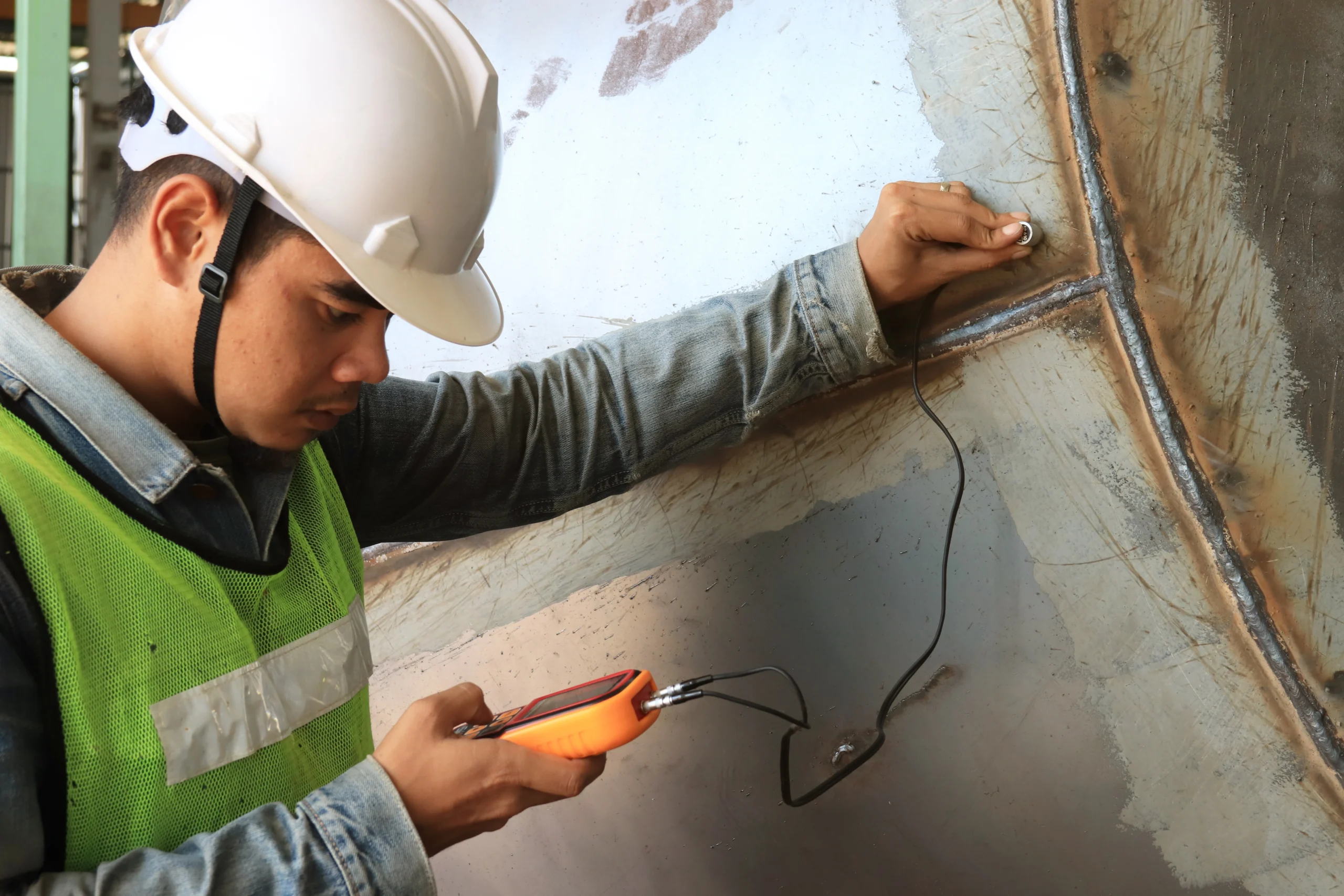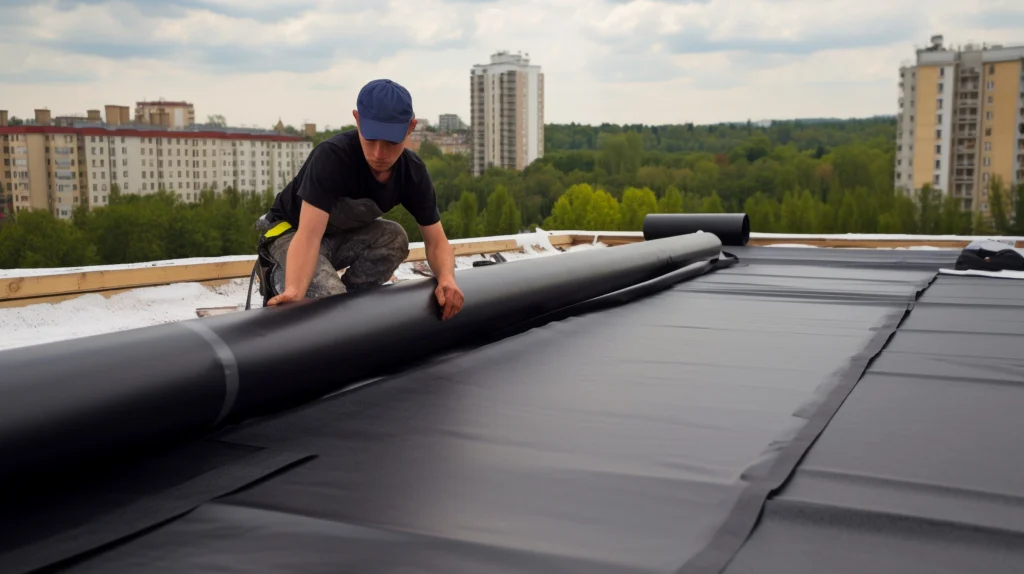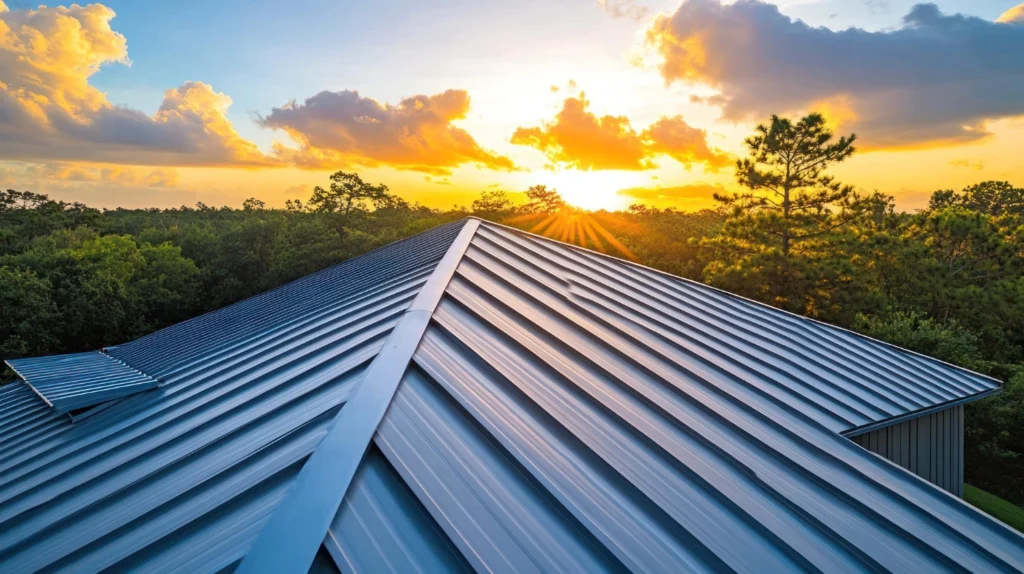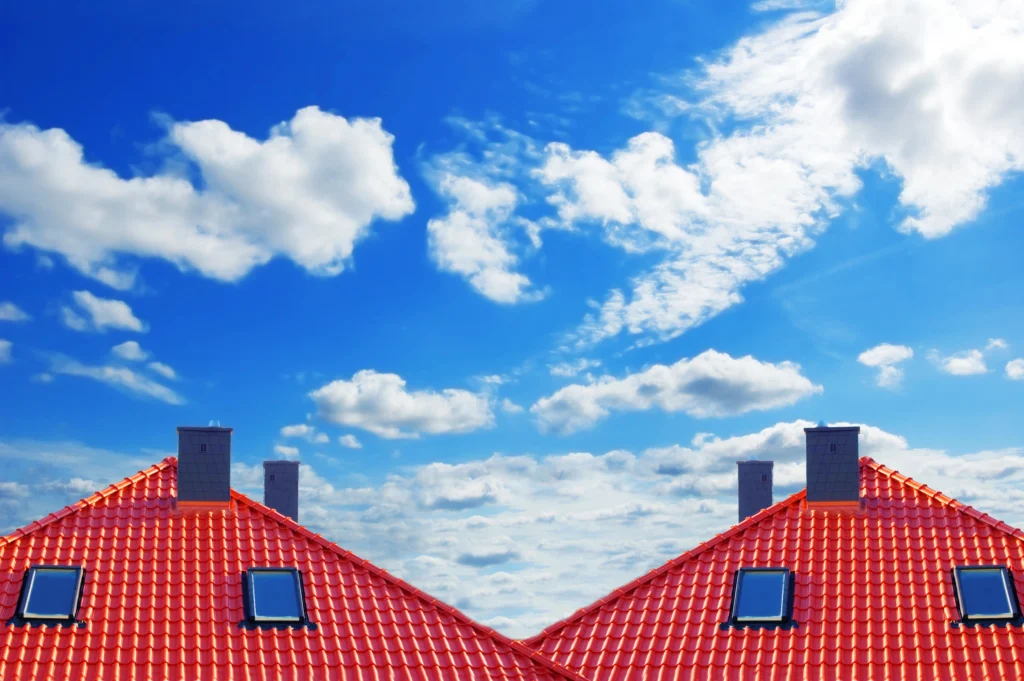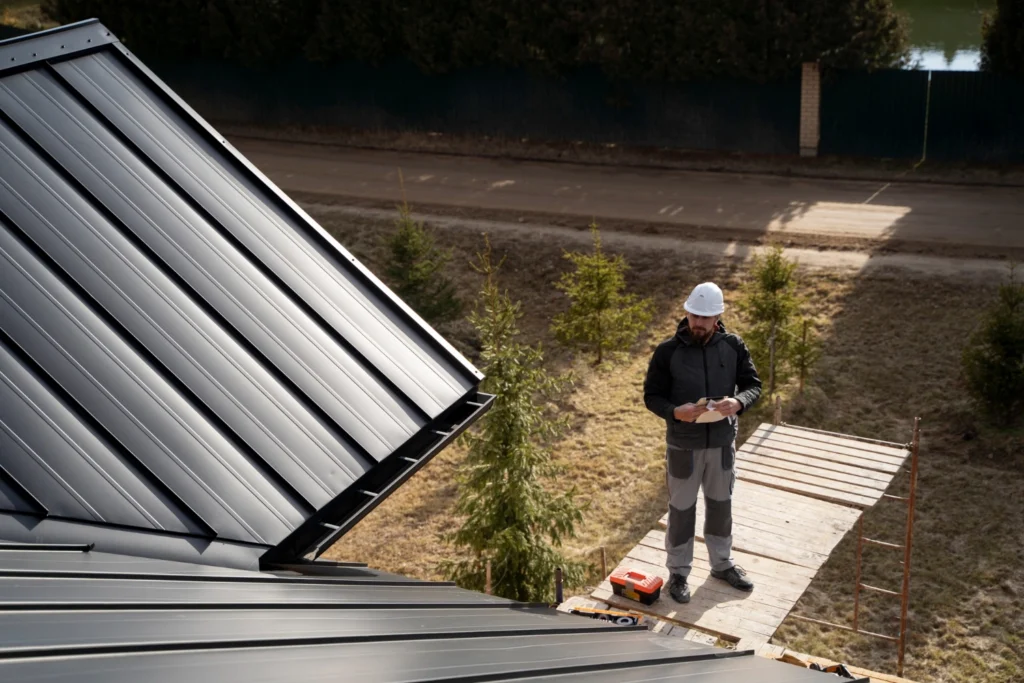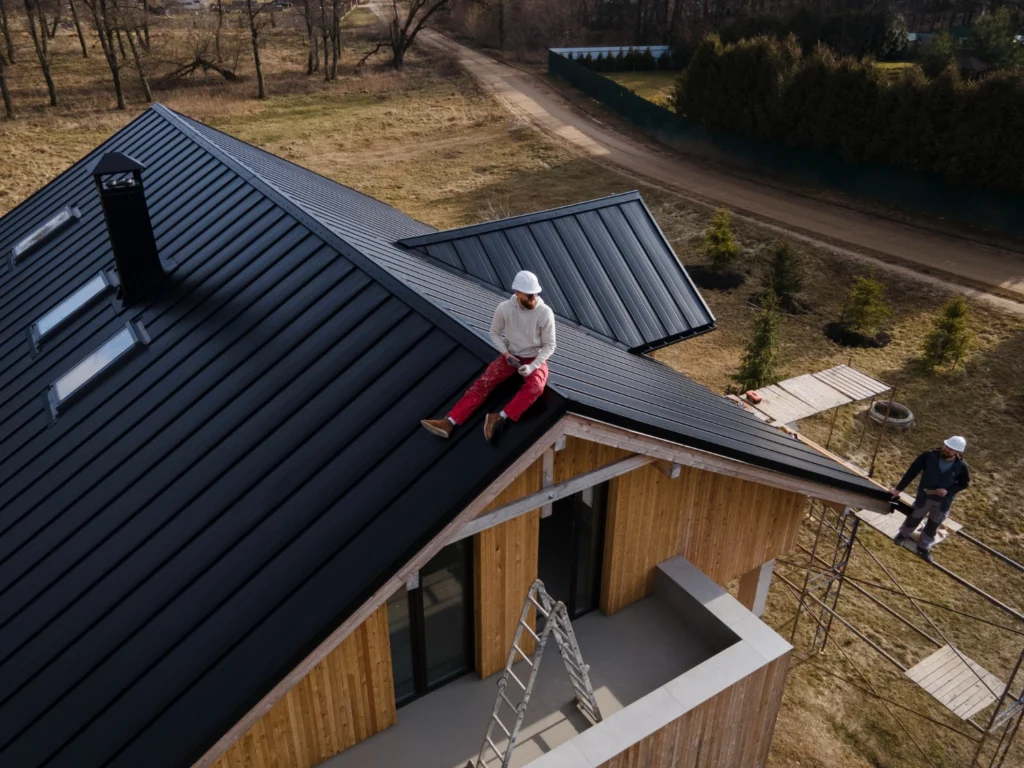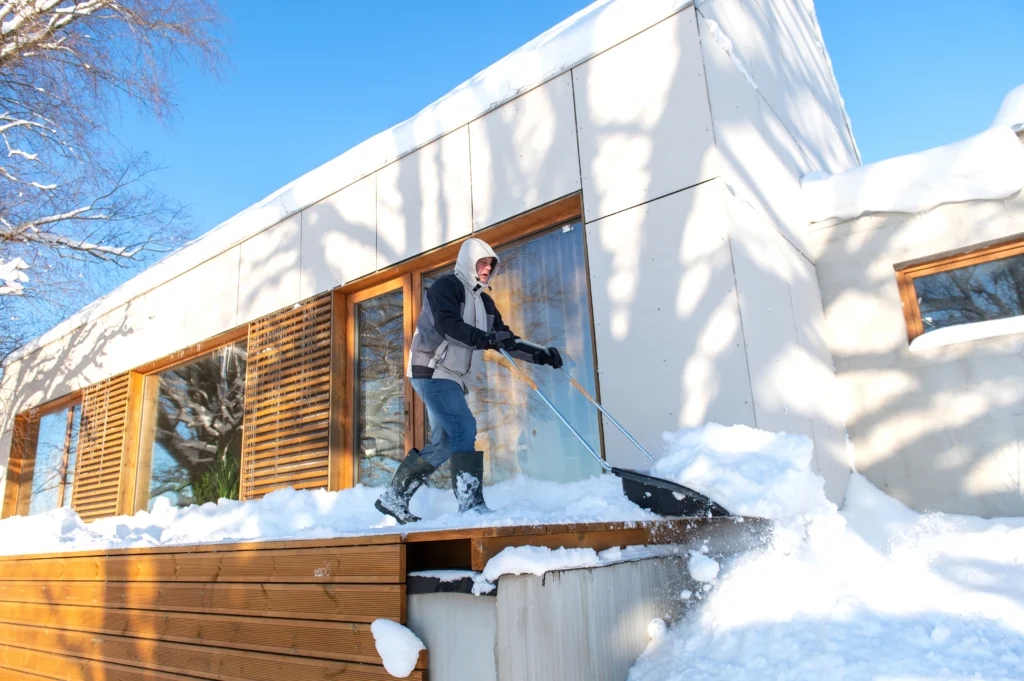How Long Should Siding Last?
When considering home exterior improvements, understanding how long your siding should last becomes essential for making informed decisions about your investment. The lifespan of your home’s siding depends on several factors, from the material you choose to the quality of installation and ongoing maintenance. Whether you’re planning a complete exterior renovation or simply curious about when to replace your current siding, knowing what to expect can help you budget accordingly and protect your home’s value.
Quality siding serves as your home’s first line of defense against Minnesota and Wisconsin’s harsh weather conditions. From brutal winter storms to humid summer months, your siding endures constant exposure to the elements while maintaining your home’s curb appeal and structural integrity.
Average Lifespan of Siding
How Long Does Siding Last on Average?
The lifespan of siding varies significantly depending on the material chosen for your home. Most siding materials can last anywhere from 20 to 50 years with proper installation and maintenance. High-quality vinyl siding typically lasts 20 to 40 years, while premium materials like fiber cement siding can last up to 50 years or more. The type of siding material you select plays a crucial role in determining how long your home’s exterior protection will endure.
Understanding the average lifespan of different siding types helps homeowners make informed decisions about their exterior investments. Popular siding materials each offer unique benefits and longevity expectations that align with different budgets and aesthetic preferences.
Lifespan of vinyl siding
How Long Does Vinyl Siding Last?
Vinyl siding typically lasts between 20 to 40 years, making it one of the most popular siding options for homeowners seeking durability and affordability. The lifespan of vinyl siding depends heavily on the quality of the material, installation methods, and environmental conditions. High-quality vinyl siding is designed to withstand various weather conditions while maintaining its appearance and protective qualities.
Most vinyl siding manufacturers offer warranties ranging from 20 to 30 years, reflecting their confidence in the material’s longevity. However, knowing the lifespan of vinyl siding helps homeowners plan for future replacement and maintenance needs.
How Long Can Vinyl Siding Last With Proper Care?
With proper maintenance and care, vinyl siding can last up to 40 years or even longer in ideal conditions. Regular cleaning, prompt repairs, and protection from physical damage significantly extend the life of your vinyl siding. Homeowners who inspect the siding annually and address minor issues quickly often see their vinyl siding exceed expected lifespans.
The longevity of your vinyl siding also depends on choosing the right siding for your home’s specific climate conditions and ensuring professional installation by experienced contractors.
Steel Siding Lifespan
How Long Does Steel Siding Last?
Steel siding can last up to 50 years or more, making it an excellent long-term investment for homeowners prioritizing durability. This siding material is known for its exceptional resistance to weather damage, fire, and impact. Steel siding is particularly well-suited for Minnesota and Wisconsin’s challenging climate conditions, where extreme temperature fluctuations and severe weather events are common.
The superior longevity of steel siding often justifies its higher initial cost, as homeowners may never need to replace their siding during their ownership of the property.
Is Steel Siding More Durable Than Vinyl?
Steel siding is significantly more durable than vinyl siding, offering superior resistance to impact, fire, and extreme weather conditions. While vinyl siding may become brittle in extremely cold temperatures, steel siding maintains its integrity throughout harsh northern winters. Steel siding is also less prone to fading and warping compared to vinyl alternatives.
However, the choice between steel and vinyl siding often comes down to budget considerations and specific performance requirements for your home’s location and exposure conditions.
Factors Affecting the Lifespan of Siding
Climate and Weather Conditions
Minnesota and Wisconsin’s harsh climate conditions significantly impact how long siding lasts on homes throughout the region. Extreme temperature fluctuations, heavy snow loads, ice formation, and severe storms can damage the siding and reduce its expected lifespan. UV exposure during the summer months can cause certain siding materials to fade or become brittle over time.
Homes with southern exposure face more intense sun damage, while northern exposures may experience moisture-related issues from reduced drying time after precipitation events.
Quality of Installation
Professional siding installation plays a vital role in determining how long your siding will last. Proper installation ensures adequate ventilation, correct fastening techniques, and appropriate expansion gaps that allow the material to move naturally with temperature changes. Poor installation can lead to premature failure, water infiltration, and structural damage that shortens the siding’s lifespan considerably.
Experienced contractors understand local building codes and best practices specific to regional climate challenges, ensuring your new siding performs optimally throughout its expected lifetime.
Maintenance and Cleaning Habits
Regular maintenance significantly extends the life of your vinyl siding and other siding materials. Annual cleaning removes dirt, mildew, and organic growth that can degrade siding over time. Prompt repairs of minor damage prevent small issues from becoming major problems that require extensive siding replacement.
Homeowners who inspect their siding regularly and address maintenance needs proactively often see their siding last well beyond manufacturer expectations.
Material Quality and UV Resistance
The quality of siding materials directly correlates with longevity and performance. Premium vinyl siding includes UV inhibitors that prevent fading and brittleness, while lower-grade materials may show signs of deterioration within 10-15 years. Siding products with enhanced fade resistance and impact protection offer better long-term value despite higher initial costs.
Choosing high-quality vinyl siding or other premium materials ensures your investment provides maximum protection and aesthetic appeal throughout its service life.
Tips for Extending the Life of Your Vinyl Siding
How to Make Your Vinyl Siding Last Longer
Regular cleaning with mild soap and water removes contaminants that can damage vinyl siding over time. Avoid pressure washing at close range, which can damage the siding or force water behind panels. Trim vegetation that might rub against the siding, causing scratches or creating moisture retention areas.
Address minor repairs immediately to prevent water infiltration that can damage underlying structures and shorten the siding’s lifespan.
How to Extend the Life of Your Vinyl Siding
Inspect your siding annually for signs of damage, loose panels, or areas where caulking needs renewal. Pay special attention to areas around windows, doors, and utility penetrations where water infiltration is most likely to occur. Keep gutters clean and properly functioning to prevent water from cascading over siding surfaces.
Consider applying protective treatments or sealers as recommended by manufacturers to enhance UV resistance and maintain the color of your siding.
Maintenance Best Practices for Siding
Establish a regular maintenance schedule that includes seasonal inspections, annual cleaning, and prompt repair of any identified issues. Document the condition of your siding with photographs to track changes over time and identify areas requiring attention.
Work with qualified contractors for any repairs or maintenance beyond basic cleaning to ensure work meets manufacturer specifications and maintains warranty coverage.
5 Signs Siding Needs to Be Replaced
Several clear indicators signal that your siding needs replacement rather than repair. Widespread fading, cracking, or warping indicates the material has reached the end of its useful life. Recurring moisture problems inside your home may indicate siding failure that allows water infiltration.
Significant increases in heating and cooling costs often result from siding that no longer provides adequate insulation or weather protection. Visible mold, mildew, or rot around siding areas suggests moisture problems that compromise the integrity of the siding system.
If your siding is showing multiple signs of deterioration or approaching its expected lifespan, replacement becomes more cost-effective than continued repairs.
Repairing vs. Replacing Siding
When to Repair Minor Damage
Minor damage, such as small cracks, loose panels, or isolated areas of fading, can often be repaired cost-effectively. If damage affects less than 30% of your siding and the remaining material is in good condition, targeted repairs may extend the overall siding lifespan by several years.
However, if repairs become frequent or extensive, replacement becomes the more practical long-term solution for protecting your home and maintaining its value.
How Can Siding Warranties Help with Siding Lifespan?
What Warranties Typically Cover
Most siding warranties cover manufacturing defects, premature fading, and material failure under normal use conditions. Quality manufacturers stand behind their products with comprehensive warranties that provide peace of mind and protection for your investment.
Understanding warranty terms helps homeowners make informed decisions about maintenance, repairs, and when to contact manufacturers for coverage issues.
How Warranties Add Long-Term Value
Strong warranty coverage adds significant value to your siding investment by protecting against unexpected replacement costs during the warranty period. Many warranties are transferable to new homeowners, enhancing your property’s marketability and appeal.
Choose siding products from reputable manufacturers offering comprehensive warranty protection to maximize your long-term investment security.
Make Your Siding Investment Last with Professional Installation
Understanding how long siding should last empowers homeowners to make informed decisions about their exterior protection needs. Whether you choose vinyl siding that lasts 20 to 40 years or premium materials with even longer lifespans, proper installation and maintenance are crucial for achieving maximum performance and value.
The experienced team at Miller’s Roofing & Siding brings over 35 years of expertise to every siding installation project. Our family-owned business understands the unique challenges Minnesota and Wisconsin homeowners face, and we’re committed to helping you select and install the right siding for your home’s specific needs.
Contact Miller’s Roofing & Siding today at (888) 440-3451 for your free estimate and discover how professional installation can maximize your siding’s lifespan and protect your home for decades to come.

